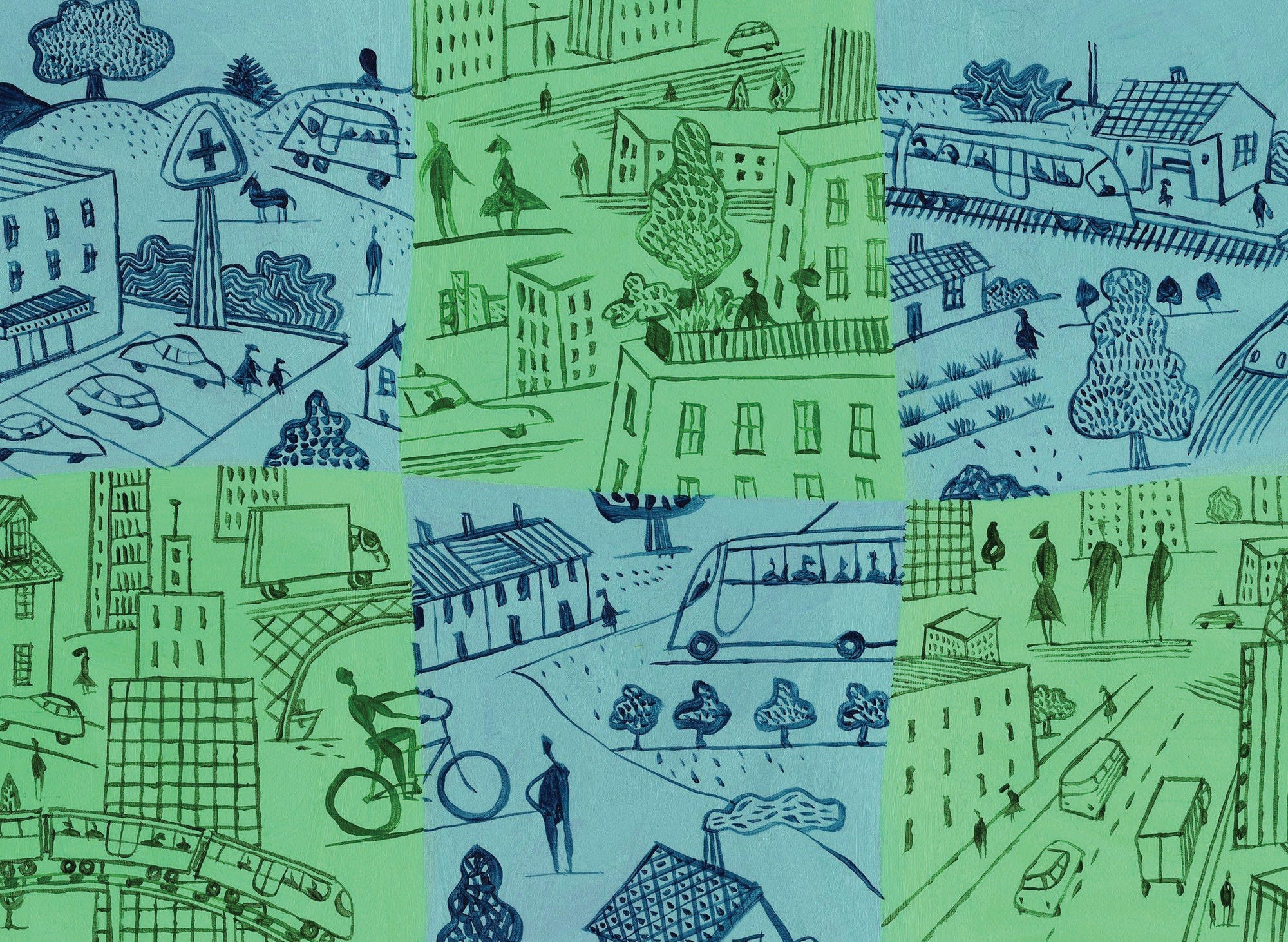Women represent less than half of total mayors in all OECD regions with available data. Only in 10% of regions, located in Norway, Spain and Sweden, women account for at least 30% of mayors.
Achieving gender equality in all places requires pursuing inclusive labour markets, which are a source of economic empowerment and well-being for women. Between 2010 and 2018, the gender gap in the employment rate (male-female) of OECD countries has declined by one percentage point, although significant differences exist across regions. For example, from 2010 to 2018, two-thirds of OECD regions saw a widening of the gap between the employment rate of men and women. The 22 regions that registered the largest increase in this gender gap – above 4.5 percentage points – are located in Estonia, France, Hungary, Iceland, Poland, Turkey and the United States. In contrast, regions with very high gender gaps in employment rate in 2010 generally experienced an improvement (Figure 1.23-Figure 1.24).
Gender inequality is also present in research and development (R&D) occupations, as women hold less than half of the R&D jobs in virtually all (99%) OECD regions. Only 12 regions across Estonia, Greece, Hungary, Latvia, Lithuania, Poland and Portugal report a balanced integration of women in R&D occupations – with close to or slightly above 50% of R&D jobs being held by women. Nevertheless, significant differences exist within countries. For example, in Greece, Hungary and Poland, the difference between the regions with the highest (Lodzkie, North Great Plain and South Aegean) and lowest (Central Greece, Podkarpacia and Western Transdanubia) integration of women in R&D jobs exceeds 17 percentage points (Figure 1.20).
In addition to an inclusive labour market, the participation of women in politics is essential for designing laws and policies that generate gender‑balanced opportunities and outcomes. Considering nine OECD countries with available data, there is not a single region where women account for at least half of all mayors. In addition, women account for at least 30% of mayors only in 8 regions (out of 78); those are located in Norway (Hedmark, Oppland, Oslo), Spain (Basque Country and Murcia) and Sweden (East Middle and Upper Norrland, Småland and the islands, Stockholm). In Norway and Sweden, 32% and 28% of all mayors are women respectively. However, these levels are still significantly below the 50% target suggested by the United Nations (UN, 2017) (Figure 1.21).
Fighting violence towards women remains another important objective to achieve gender equality in all places. In about one-third of regions in 10 countries with available data, at least 5% of women report having experienced physical or sexual violence in the past year. In 16 regions in Mexico, levels of violence towards women are alarmingly high, with at least 25% of women having experienced physical or sexual violence – 17 percentage points above the OECD average. Mexico is the country with the largest regional disparities in violence towards women, with a difference of more than 10 percentage points between the worst affected region and the country average. Regional disparities are also relatively high in Italy and Norway, although levels are significantly lower compared to Mexico. For example, whereas less than 2% of women reported having been victims of violence in Aosta Valley (Italy) and Hedmark and Oppland (Norway), at least 8% of women have suffered from violence over the past year in Abruzzo (Italy) and North Norway (Figure 1.22).





